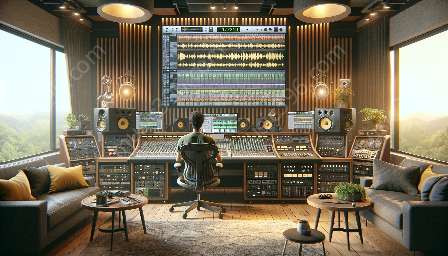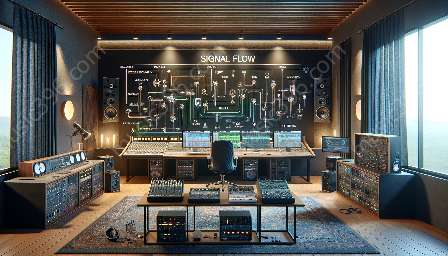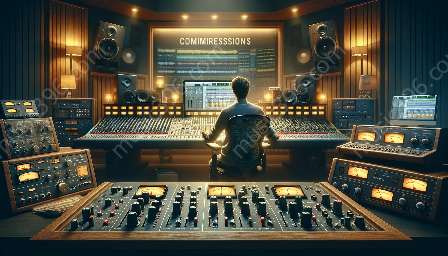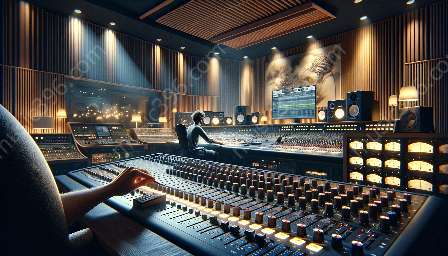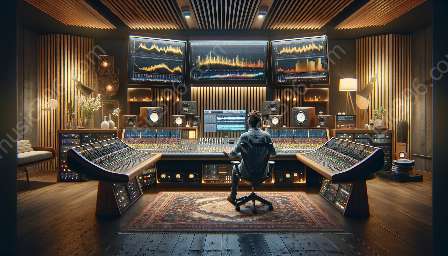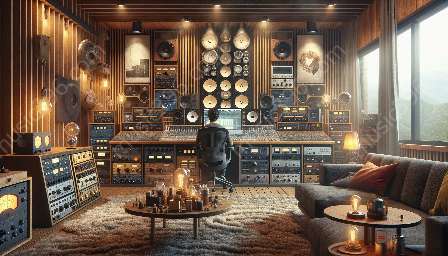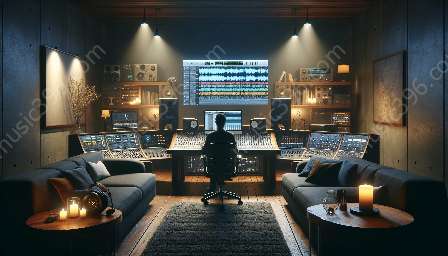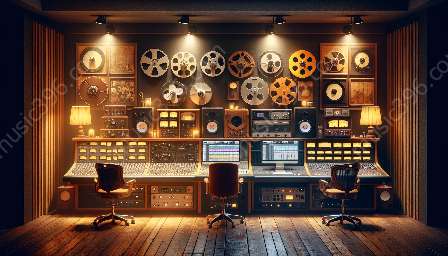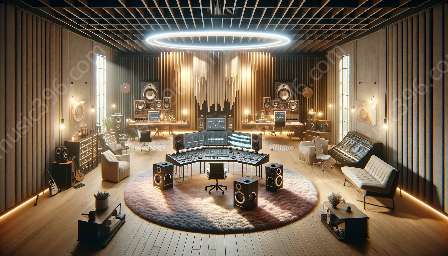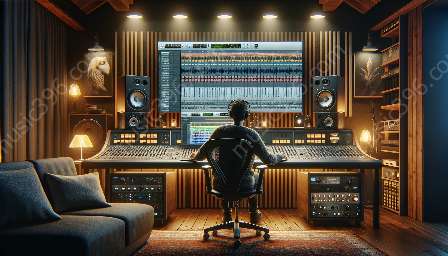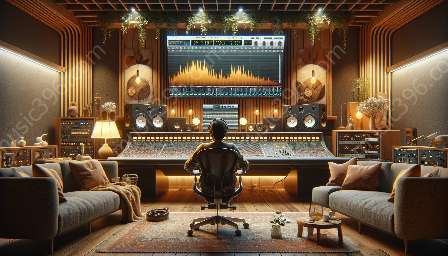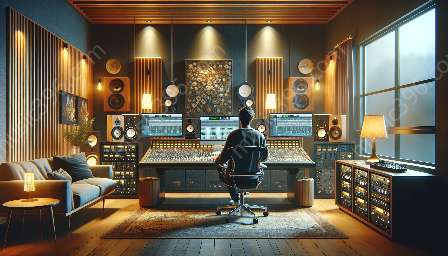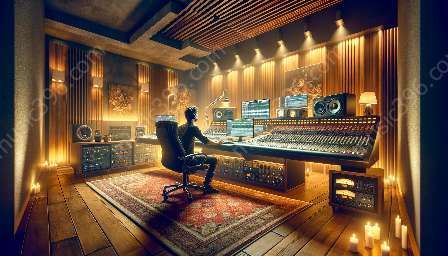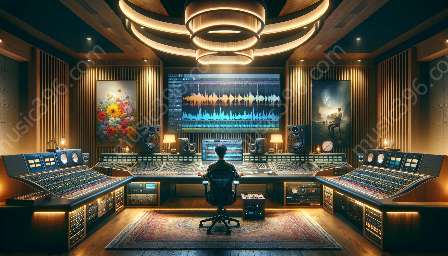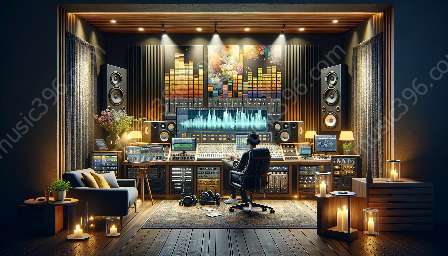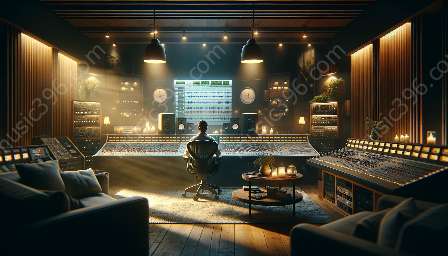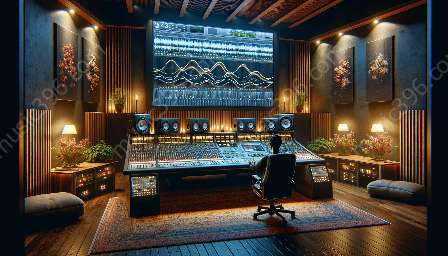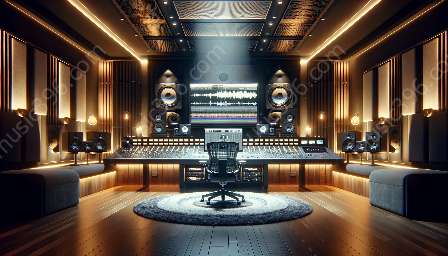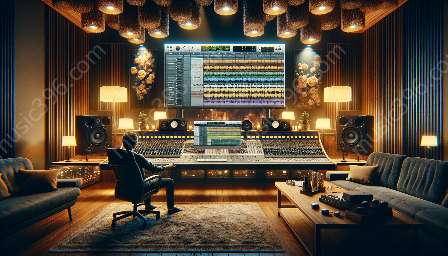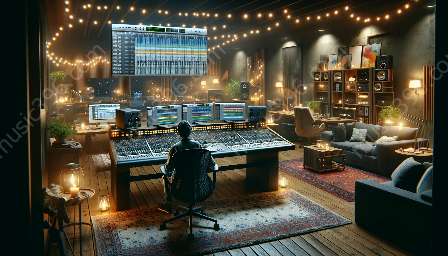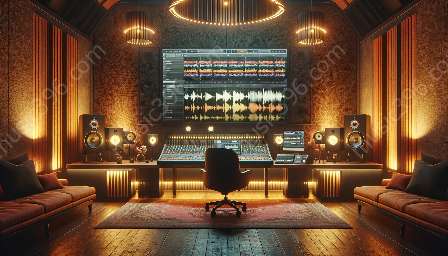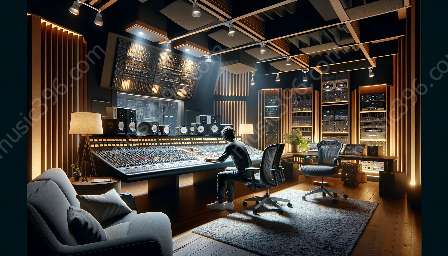Introduction
Dynamic range processing is a crucial aspect of audio mixing and mastering, as it determines the span between the quietest and loudest parts of a sound recording. To achieve optimal dynamic range, professionals use a variety of tools and technologies tailored to this specific process. In this article, we will explore the essential tools and technologies for dynamic range processing and how they contribute to audio mixing and mastering.
Understanding Dynamic Range in Mixing and Mastering
Before delving into the tools and technologies, it's important to grasp the concept of dynamic range in the context of mixing and mastering. Dynamic range refers to the range between the quietest and loudest parts of an audio signal. A wide dynamic range is desirable, as it allows for a greater contrast between soft and loud sounds, resulting in a more expressive and impactful audio recording.
Conversely, an excessively narrow dynamic range can lead to a flat, uninteresting sound. Therefore, the goal of dynamic range processing in mixing and mastering is to optimize the range in a way that enhances the clarity, depth, and impact of the audio while ensuring that the quieter parts are not overshadowed by the louder ones.
Tools for Dynamic Range Processing
Various tools cater specifically to dynamic range processing in audio production. These tools are designed to manipulate the dynamic range of a recording, allowing for precise control over the loudness and softness of the audio. Some of the key tools for dynamic range processing include:
- Compressors: Compressors are widely used to control the dynamic range of audio signals. They work by reducing the level of the loudest parts, effectively narrowing the dynamic range. This enables the quieter parts of the recording to be more audible and prominent, ultimately creating a more balanced and controlled sound.
- Expanders: Expanders serve as the counterpart to compressors. They work to increase the dynamic range by amplifying the difference between the quietest and loudest parts of a recording. When used strategically, expanders can add depth and dimension to the audio, particularly in quieter passages.
- Limiters: Limiters are essential for setting a maximum threshold on the loudness of a recording. By preventing the audio signal from exceeding a specified level, limiters safeguard against clipping and distortion while preserving the dynamic range within desired parameters.
- Dynamic EQ: Dynamic EQs function as a hybrid between equalizers and compressors, allowing for dynamic manipulation of specific frequency bands. This targeted approach to dynamic range processing ensures that different frequency ranges are treated with precision, resulting in a more refined and balanced sound.
Technologies for Dynamic Range Processing
In addition to standalone tools, advancements in audio processing technologies have significantly impacted dynamic range processing in mixing and mastering. These technologies offer innovative solutions for optimizing dynamic range and enhancing the overall quality of audio recordings. Some notable technologies for dynamic range processing include:
- Digital Signal Processing (DSP): DSP has revolutionized dynamic range processing by providing advanced algorithms and real-time processing capabilities. This technology enables precise control over dynamic range components, enhancing the fidelity and clarity of audio recordings.
- Mastering Software Suites: Comprehensive mastering software suites incorporate a range of tools and technologies dedicated to dynamic range processing. These suites offer a holistic approach to mastering, allowing for seamless integration of various dynamic range processing elements to achieve professional-grade audio quality.
- Automated Dynamic Range Processing: Automated dynamic range processing solutions utilize machine learning and AI algorithms to intelligently adjust the dynamic range of audio recordings. This automated approach streamlines the process and ensures consistent, high-quality results across different audio content.
Optimizing Dynamic Range in Mixing and Mastering
When employing the tools and technologies for dynamic range processing, it's essential to adopt a strategic approach that aligns with the specific requirements of a sound recording. Optimization of dynamic range involves balancing the creative intent with technical precision to achieve the desired sonic characteristics.
Creative decisions, such as emphasizing the dynamic contrast in a musical passage or ensuring dialogue intelligibility in a film soundtrack, influence the utilization of dynamic range processing tools and technologies. Moreover, understanding the sonic characteristics of different musical genres, speech patterns, and audio formats is crucial for effectively optimizing the dynamic range in mixing and mastering.
Conclusion
Dynamic range processing is a multifaceted aspect of audio mixing and mastering, encompassing a diverse array of tools and technologies tailored to manipulate the loudness and softness of audio recordings. By leveraging compressors, expanders, limiters, dynamic EQs, and cutting-edge technologies such as DSP and automated processing, professionals can sculpt the dynamic range with precision and artistry. The synergy between creative decision-making and technical proficiency is vital in optimizing dynamic range to achieve compelling and impactful audio recordings across various media platforms.

